How to Furnish an L-Shaped Living Room? 12 Arrangement Tricks to Try
Working with a layout of a living room is already a challenge. What more if the layout is L-shaped? It can be the trickiest to decorate but it is a layout that comes with perks. Take it as an opportunity to express taste and style in decor. An L-shaped layout for the living room will take a chance in transforming a space into something extraordinary. It may seem to be an odd shape for a room but it is something you can work with and decorate effortlessly. You would not even notice the irregular shape once you realize how the design can easily be cohesive with the right elements put together. With that in mind, we have gathered 12 arrangement tricks to try on how to furnish an L-shaped living room.
1. Make the Most Out of Angles
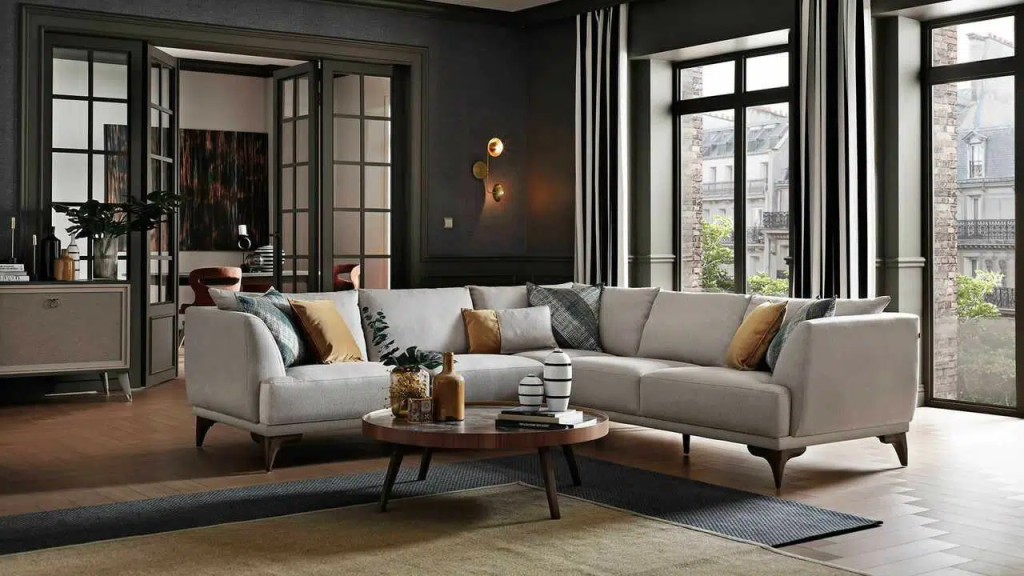

An L-shaped living room is full of 90-degree angles. At some point, it can be boring to work with when you see everything placed next to the flat surfaces of the walls. When in fact, working with angles can be the best trick to maximize the space of the living room. Instead of working with 90 and 180 degrees, create diagonals that will set the divisions of the space. At first, it may seem to be a little odd considering how it will consume much more space than wasting and creating empty and awkward spots. Begin at the corner and work your way out to establish a focal point.
2. Identify the Zones of the Space


In an L-shaped living room, there are typically three zones of the space. The top, core, and base act as the three zones of the living room. You can begin by listing down the activities often conducted by the household. This way, working in sections can help in organizing the arrangement of the furniture and building the privacy of each space. A few ideas that may be helpful are having a personal area, an entertainment area, and a conversation area. It is important to have room for the household even though there are guests around. They can enjoy the space at any time of the day.
3. Work with Sectional Furniture


Instead of purchasing dividers and shelves to section the space, sectional furniture may come in handy. It is a creative way of maximizing the space without the need for walls to divide the space. In fact, sectional furniture works best in building the privacy of the user and invisibly setting the line between each zone. This is an ideal piece to work with considering how it can cater to a larger number of people. At the same time, it is the perfect piece to lounge on when you need a couch to relax your legs and entire body. Whether it be a time with friends or time alone, you will love how this piece complements the entire space.
4. Free the Walls From Furniture
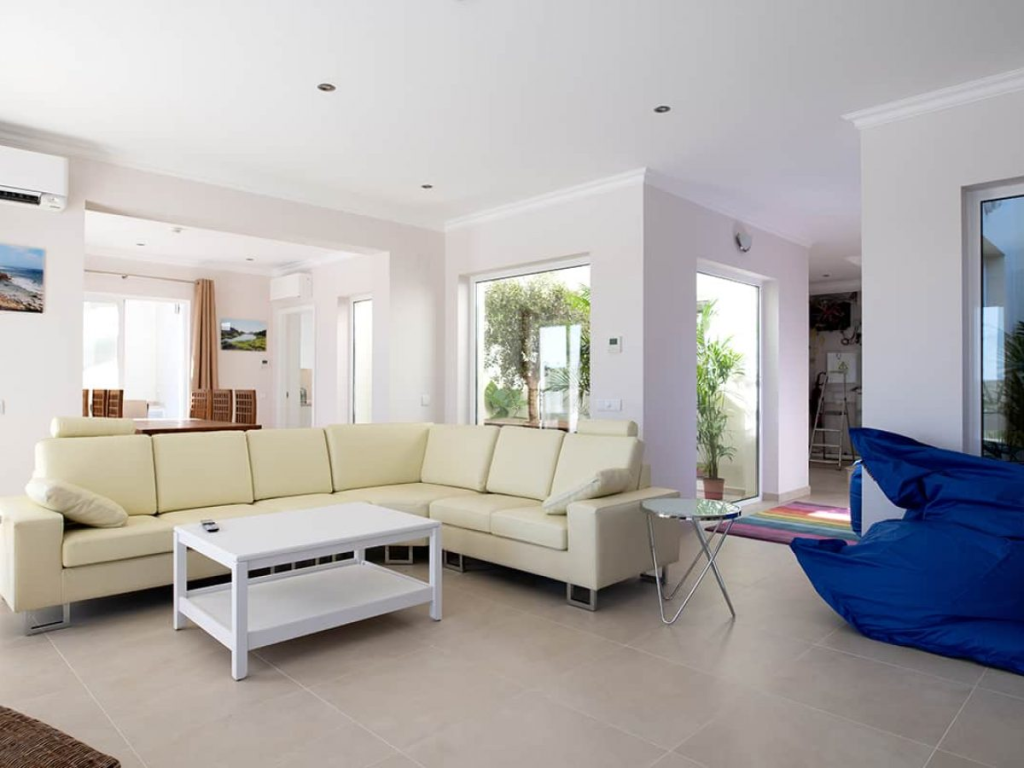

To free the L-shaped living room from boredom, distance furniture from the walls. Apart from the marks they make, when all the furniture is up against the wall, they tend to make an awkward spot in the middle of the space. It would be best to make room for what is behind the pieces of furniture. Expose the design of the furniture from all sides. It may not be the first idea you have in mind but it works, especially in making room for walkways. Not everything does not have to be linear. Take time to spice up the walls with other things than putting up the furniture against it.
5. Do Not Block Pathways


As much as we want to maximize the area in an L-shaped, we would not want to compromise the accessibility of the space. Compared to the regular layout and shape for a living room, this one requires a different approach to transporting to and from the space. It does not only require one means of entry. Multiple ones are required to prevent making the space look crowded and congested. Ensure that the pathways are easily seen and identified to draw the ingress and egress of the space without the need for lines and lights. Blocked pathways affect the accessibility of the space and tend to cause breakages of the decoration.
6. Experiment on Wall Finishes
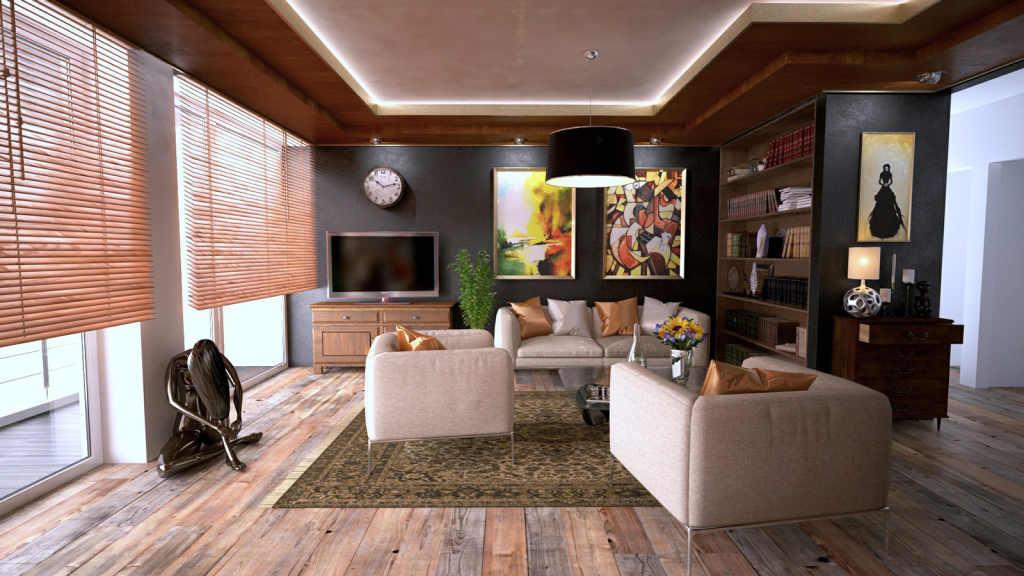

In an L-shaped living room, we love experimentation on how the walls are finished. There are six faces to dress up and coating it with only paint may not be the best solution. Spice it up with the texture of various materials to exhibit authenticity and character. Whether it be for an accent wall or multiple ones, different materials make the most out of the plainness of a wall. We highly recommend layering the surface with bricks, panels, and even playing with paint finishes. Working with wood is a versatile choice considering how they exhibit the details of the core of the material. Layer them in a way that all walls are well-coordinated with one another. On the other hand, working with bricks is not a bad idea as well. They help in defining the width of the room. You would not even notice the sharp corners when they are layered and finished.
7. Highlight Conversation Zones


More than organizing the different sections of the living room space, it is also important to highlight the conversation zones. Know the points of the space that makes it an ideal area for conversation and makes it more communal. Considering how secluded the spaces may seem because of their layout, it is important that you are able to highlight the conversation zones by picking the right material and color for the furniture. Make it an area best for entertaining guests and talking over tea and coffee. It is what makes the vibe of the living room more empowered. It is allowing the guests to know the spaces where they are welcomed and invited.
8. Do Not Forget About Lighting
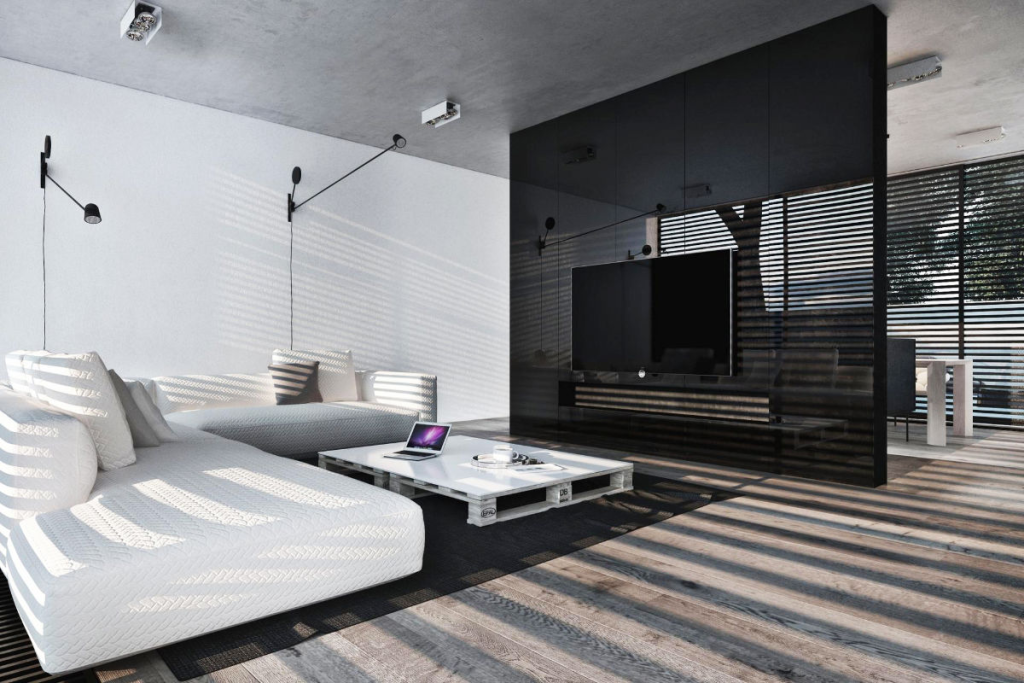

Just like in any other living room layout, it is important to illuminate all the significant points of the space. From the conversation area, entertainment area, and personal reading corner, the lighting should be able to complement the design and highlight the character and details of the decor. Work with task and decorative lighting to illuminate the space. Since there are three points to look into, ensure that each is decorated with a glamorous piece of lighting. Whether it be on the ceiling, floor, or walls, the right piece of lighting will introduce itself. We highly suggest mixing and matching different fixtures to weigh in the light’s color and intensity.
9. Maintain Decor Throughout the Space
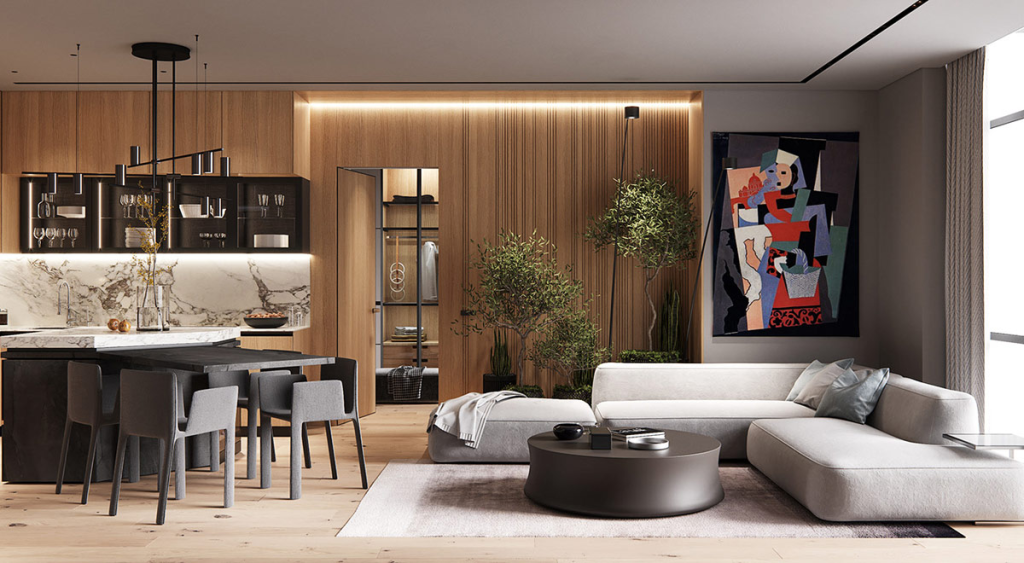

What we want in any household is to ensure that the decoration is maintained all throughout. It would be the best of both worlds to that the spaces are cohesive without overdesigning the walls or overdecorating the surfaces. It can be tricky to achieve in an L-shaped living room considering how the space is bent. Even though there are multiple zones within a space, they should be well-coordinated with one another whether it be through color, design, or texture. The design and decor should effortlessly flow throughout the room. Start on one face of the wall and work your way around.
10. Make Room for Floating Shelves


To exhibit collectibles and other decorations, instead of investing in cabinets, make room for floating shelves. Play with how they are layered on the walls and arrange them according to size. Take time to organize the pieces and arrange them on the shelves. You can pick one material and even combine different ones arranged in a window layout to work with levels and depth. Floating shelves are a space-saving way of dressing up your walls apart from artworks.
11. Begin with a Focal Point


Instead of planning and designing the L-shaped layout separately, it would be best to design it like one. Begin with a focal point, whether it be a corner or a face of the wall, and work your way out to come up with a more cohesive design for the space. It can be a challenge to know where to begin but this is a smart way of highlighting accent points and walls that make a difference to the entire look of the living room. Always know how to draw the attention of the viewer. Allow them to know where to look or where to focus.
12. Coordinate the Textiles


Apart from the decoration, we highly suggest maintaining the design and color of the textiles. This includes throw blankets, sheets, table cloths, pillowcases, rug, and curtains. The design must point out your preference for the living room design. Whether it be boho, modern, farmhouse, or all the other design concepts, textiles distinguish the vibe and ambiance of a room. They highlight the pieces of furniture placed in the living room through color and texture. If you do not prefer to keep them uniform, the best way to do it is to opt for variating designs of the same shade or color to make the room more cohesive.
